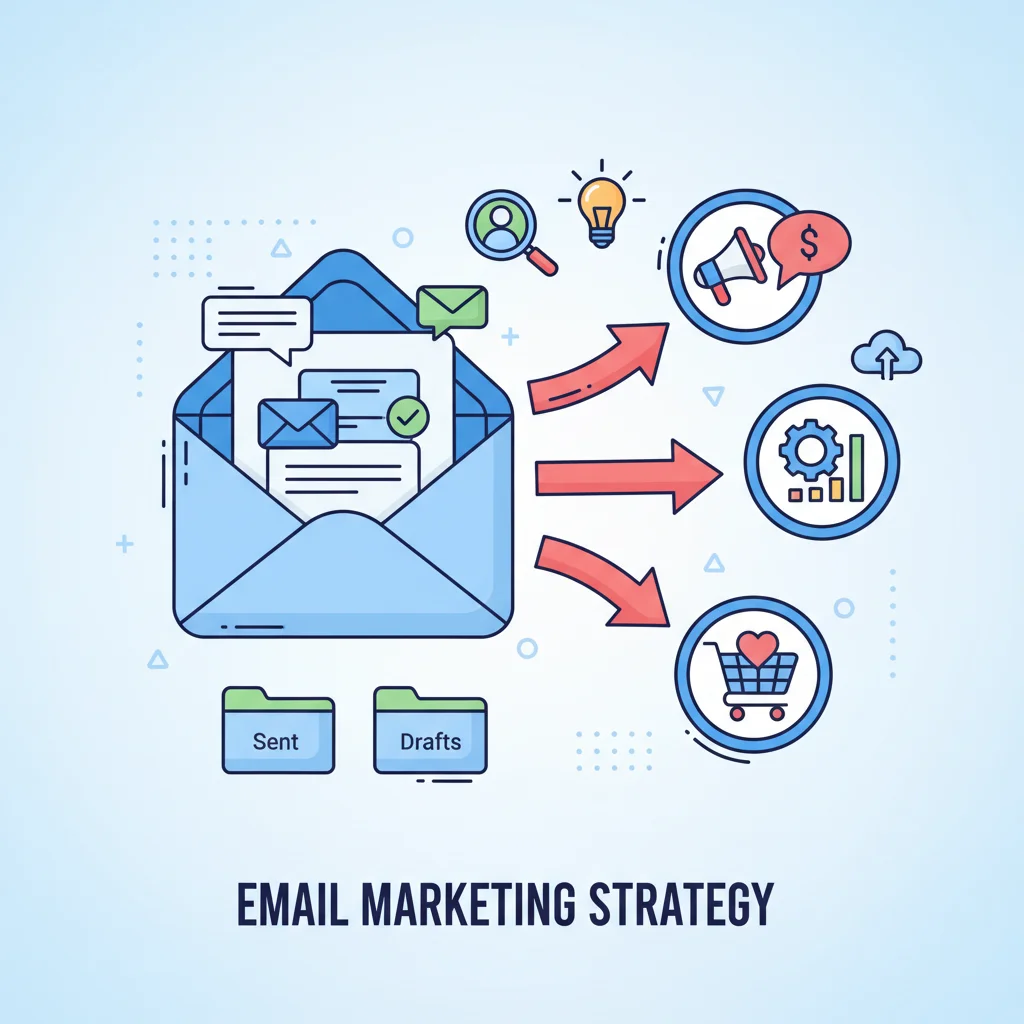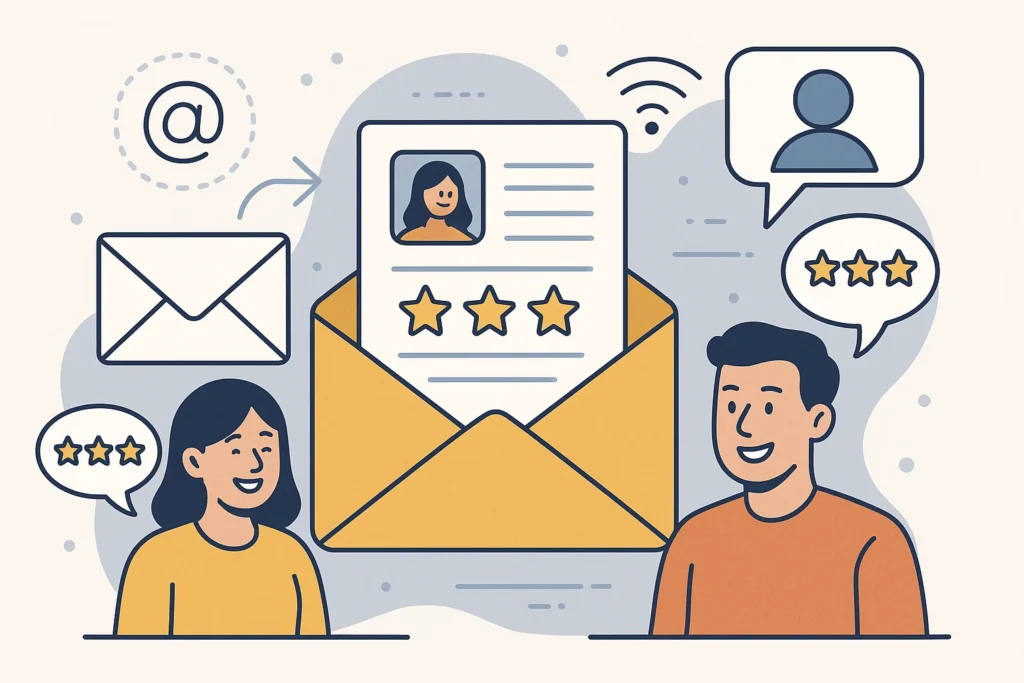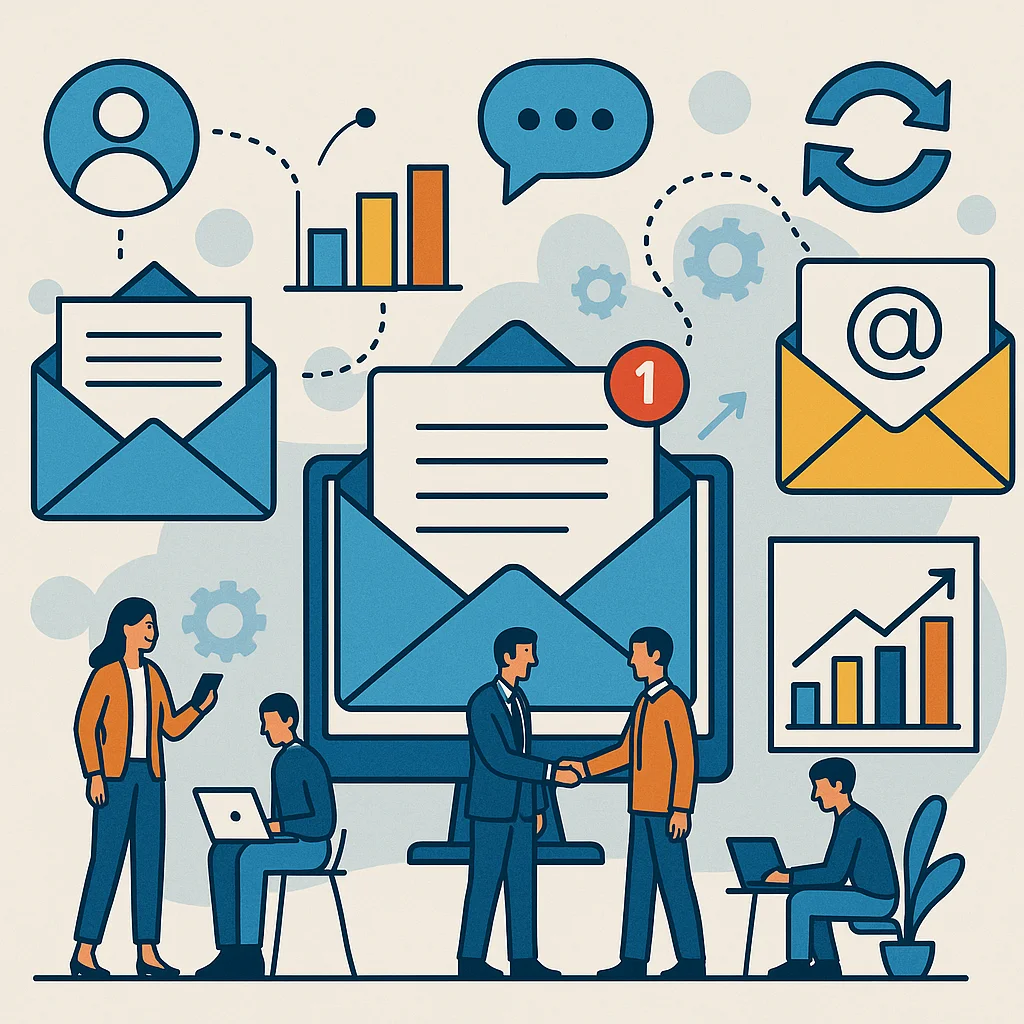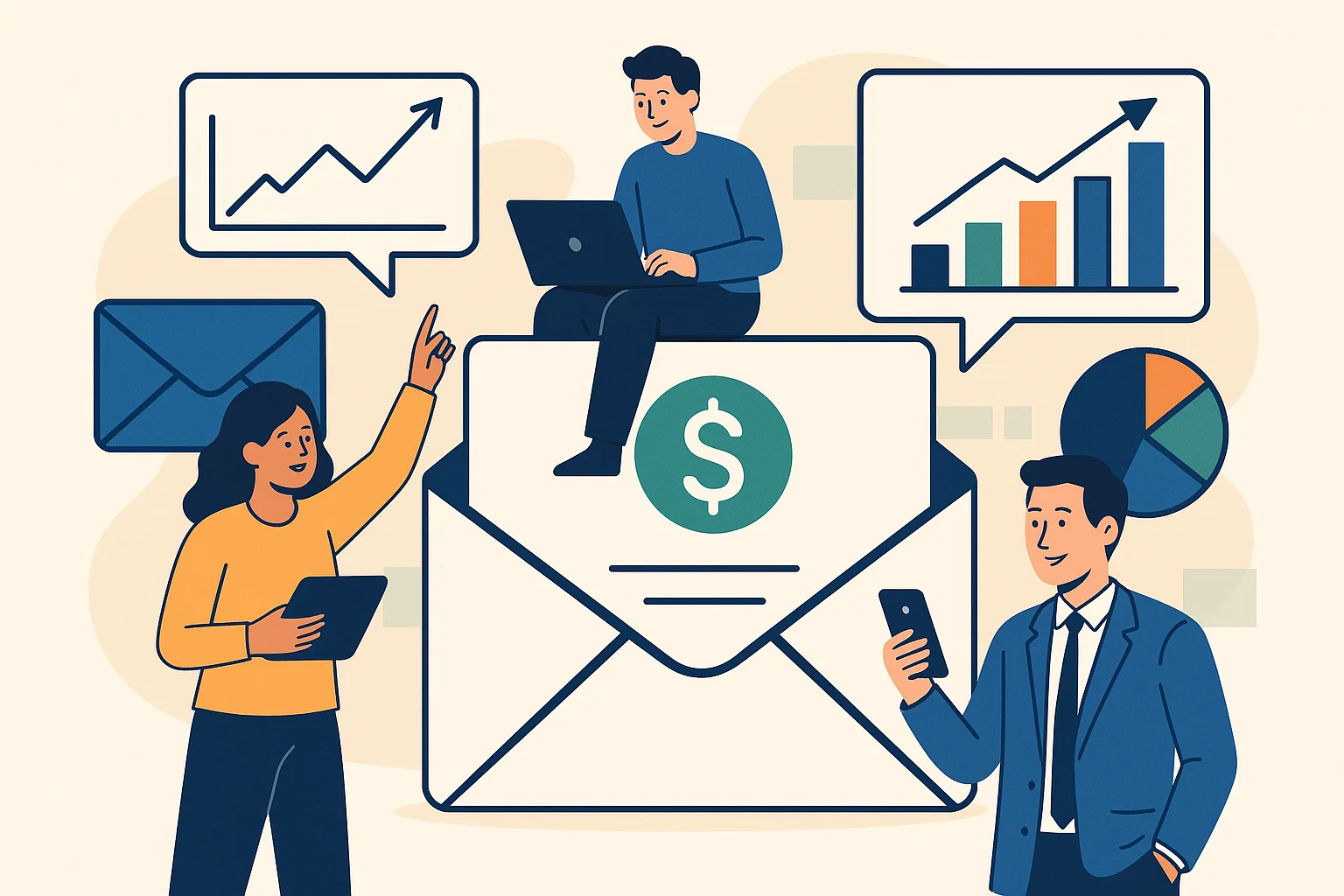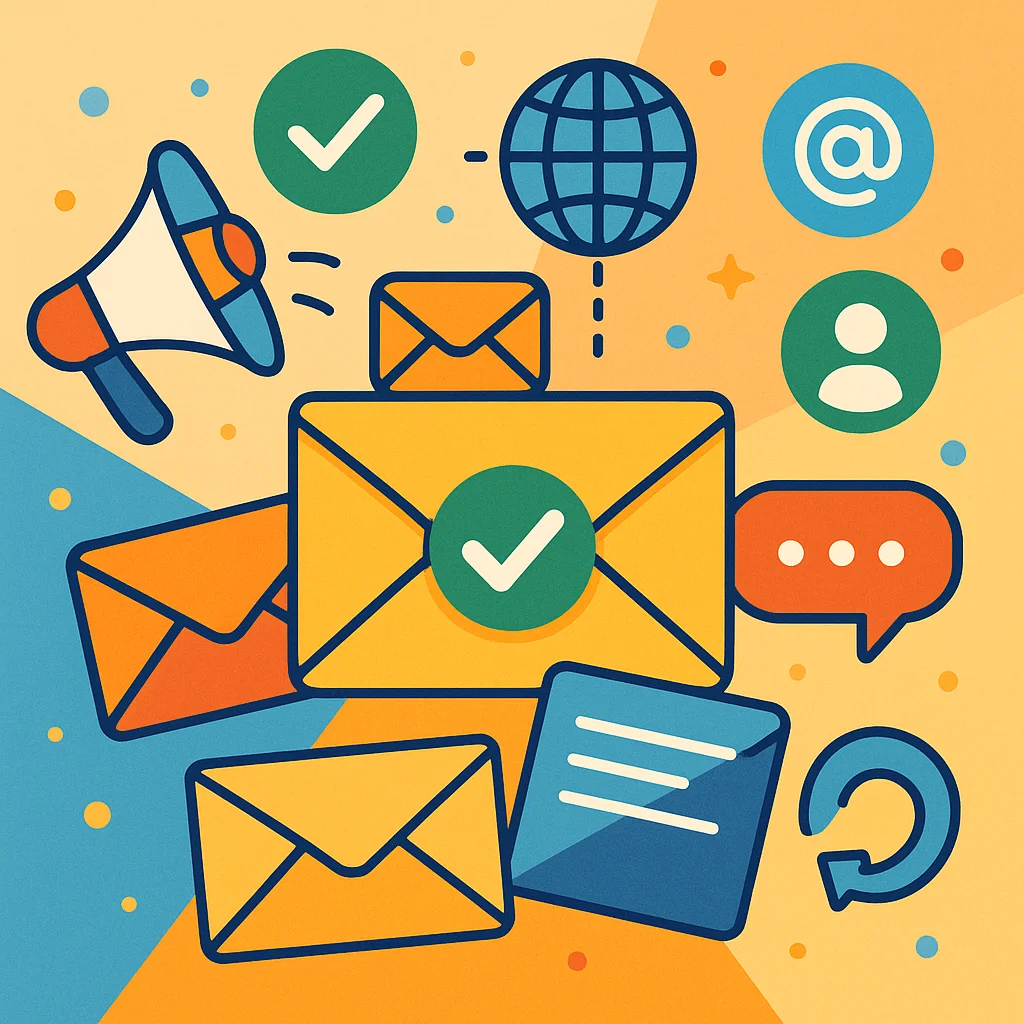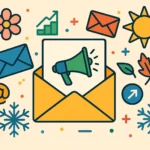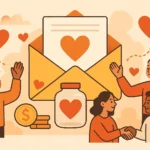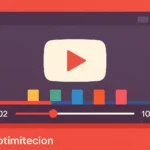Now Reading: Email Marketing for Content Marketing Success Blueprint
-
01
Email Marketing for Content Marketing Success Blueprint
Email Marketing for Content Marketing Success Blueprint
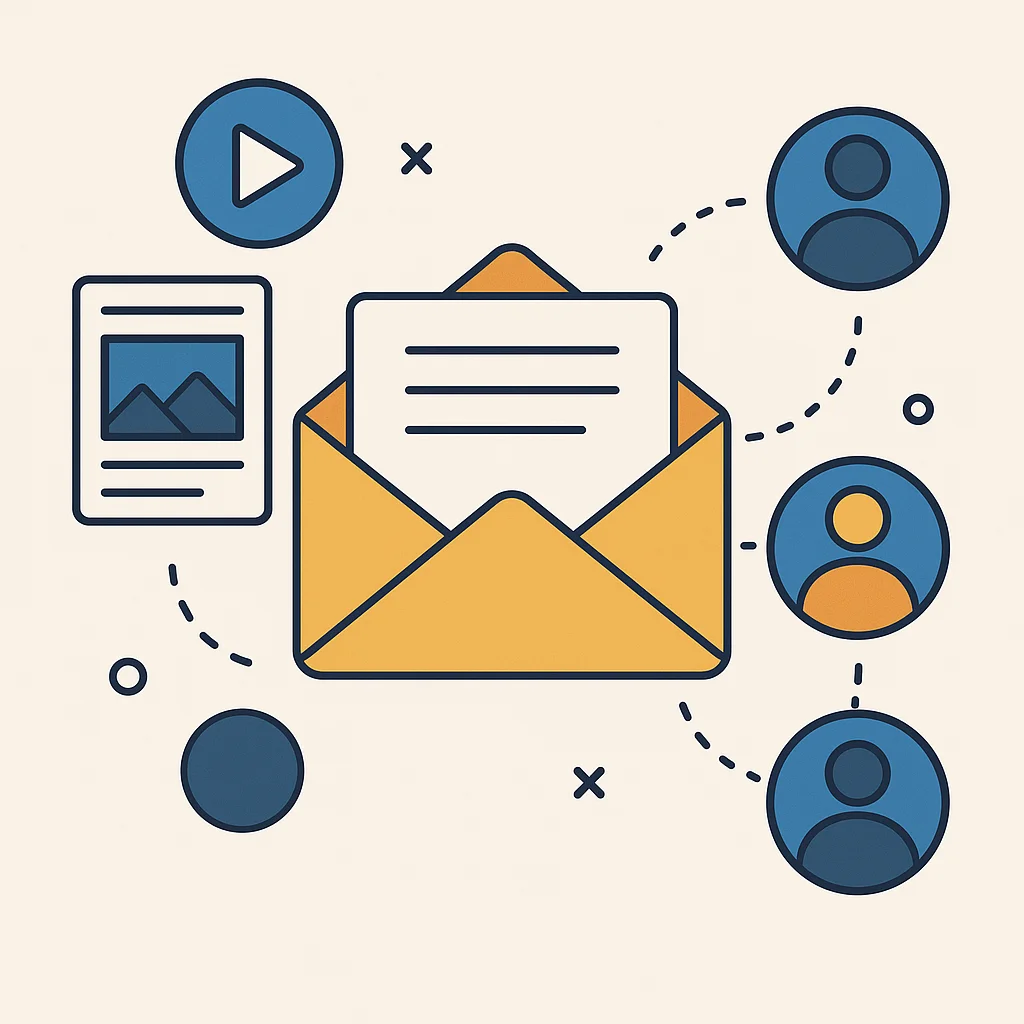
Your amazing blog post just went live, but here’s the brutal truth – only 2% of your audience will actually see it organically. That’s where email marketing for content marketing becomes your secret weapon. Instead of hoping people stumble across your content, you’re delivering it straight to their inbox where they can’t miss it.
Key Takeaways
How to use email marketing for content marketing effectively:
- Build targeted email lists through valuable content offers like ebooks, guides, and exclusive resources
- Create compelling subject lines that spark curiosity and encourage opens using psychological triggers
- Segment your audience based on interests, behavior, and content preferences for personalized messaging
- Repurpose existing content into email-friendly formats like newsletters, tips, and behind-the-scenes updates
- Use email to drive traffic back to your blog posts, videos, and other content with clear calls-to-action
- Develop automated sequences that nurture subscribers with relevant content based on their journey stage
- Cross-promote content across multiple channels by teasing email-exclusive content on social media
- Personalize email content using subscriber data to increase engagement and build stronger relationships
Building Your Email List Through Content Marketing
Here’s where things get interesting – your content isn’t just something to email about, it’s also your best tool for growing your email list. It’s like a beautiful marketing circle that keeps feeding itself.
Creating Irresistible Lead Magnets
The days of “Subscribe to our newsletter!” are long gone. People need a compelling reason to hand over their email address, and that’s where lead magnets come in. These are valuable pieces of content you give away in exchange for an email address.
Some lead magnet ideas that actually work:
- Comprehensive guides that solve a specific problem
- Checklists and templates that save time
- Exclusive video tutorials not available elsewhere
- Resource libraries with curated tools and links
- Mini-courses delivered via email over several days
Here’s a simple opt-in email template you can customize:
Subject: Your [Lead Magnet Name] is ready!
Hi [First Name],
Thanks for downloading [Lead Magnet Name]!
You can access it here: [Download Link]
While you're diving into that, I wanted to let you know what you can expect from me:
* Weekly tips on [Your Topic]
* Behind-the-scenes content creation insights
* Exclusive resources I don't share anywhere else
Looking forward to helping you [Achieve Specific Goal]!
Best,
[Your Name]Using Content Upgrades
Content upgrades are lead magnets that are specifically related to a piece of content someone is already consuming. If someone’s reading your blog post about email marketing, offer them an email template pack. If they’re watching your video about content planning, give them a content calendar template.
This works because the person is already engaged with your content and wants more of the same. It’s like offering someone who just finished a great meal the recipe – they’re primed to say yes.
Useful Articles:
Crafting Email Content That People Actually Want to Read
Now comes the fun part – creating emails that don’t suck. I know, I know, that’s setting the bar pretty low, but you’d be surprised how many marketing emails are about as exciting as watching paint dry.
Writing Subject Lines That Get Opened
Your subject line is like the headline of a newspaper – if it doesn’t grab attention, nobody’s reading the story inside. Here are some psychological triggers that work consistently:
Curiosity-driven subject lines:
- “The mistake I made that cost me 10,000 subscribers”
- “Why your content isn’t getting shared (and how to fix it)”
- “The email marketing trick nobody talks about”
Urgency and scarcity:
- “24 hours left to grab this”
- “Only 50 spots available”
- “Last chance before I take this down”
Personal and conversational:
- “Quick question about your content strategy”
- “This reminded me of you”
- “Can I share something embarrassing?”
Here’s the thing though – don’t be clickbaity. If your subject line promises something, your email better deliver on it. Trust is everything in email marketing, and once you lose it, it’s nearly impossible to get back.
Creating Valuable Email Content
Every email you send should provide value, even if it’s just entertainment value. Here are some content types that work well:
Educational content:
- Tips and tutorials
- Industry insights and trends
- How-to guides and walkthroughs
- Tool recommendations and reviews
Behind-the-scenes content:
- Your content creation process
- Mistakes you’ve made and lessons learned
- Personal stories and experiences
- Work-in-progress updates
Curated content:
- Weekly roundups of interesting articles
- Tool and resource recommendations
- Industry news and commentary
- Community highlights and features
Here’s a template for a weekly newsletter that provides value:
Subject: [Number] things that caught my attention this week
Hey [First Name],
Hope your week's going well! Here are [number] things that caught my attention:
📚 **What I'm Reading:** [Article title and brief takeaway]
🛠️ **Tool I'm Loving:** [Tool name and why it's useful]
💡 **Random Thought:** [Personal insight or observation]
🎯 **Worth Your Time:** [Content recommendation with why]
That's it for this week! Hit reply and let me know what you're working on.
[Your Name]
P.S. [Personal note or additional thought]Segmenting Your Audience for Better Results
Not all subscribers are created equal, and treating them like they are is a rookie mistake. Email segmentation is like having different conversations with different groups of friends – you wouldn’t talk to your college buddies the same way you talk to your work colleagues, right?
Basic Segmentation Strategies
Start with these simple segments:
By content preferences:
- Blog readers vs. video watchers
- Beginners vs. advanced users
- Different topic interests
By engagement level:
- Highly engaged subscribers
- Occasional openers
- Inactive subscribers
By customer journey stage:
- New subscribers
- Long-term subscribers
- Past customers
Advanced Segmentation Tactics
Once you’ve mastered the basics, you can get more sophisticated:
Behavioral segmentation:
- Which emails they open most
- What links they click
- How often they engage
Demographic segmentation:
- Industry or job role
- Company size
- Geographic location
Psychographic segmentation:
- Goals and challenges
- Values and interests
- Communication preferences
Here’s an email template for re-engaging inactive subscribers:
Subject: I miss you (and I think you might miss this too)
Hi [First Name],
I noticed you haven't opened my emails in a while, and I wanted to check in.
Maybe my content isn't hitting the mark for you anymore, or maybe you're just busy (I get it - life happens).
Here's the deal: I only want to send emails to people who actually want them. So I'm giving you two options:
1. **Stay subscribed** and I'll keep sharing [type of content]
2. **Update your preferences** to get different content
3. **Unsubscribe** with no hard feelings
Just click here to let me know: [Preference Center Link]
If I don't hear from you in the next week, I'll assume you want to part ways and remove you from my list.
Thanks for being part of my community, even if it's time to say goodbye.
[Your Name]Useful Articles:
Automating Your Content Distribution
Manual email sending is so last decade. Email automation lets you set up sequences that nurture your subscribers while you sleep. It’s like having a really smart assistant who knows exactly what to send and when.
Welcome Email Series
Your welcome series is your first impression, so make it count. Here’s a simple 5-email welcome sequence:
Email 1 (Immediate): Deliver what you promised
Email 2 (Day 2): Share your story and build connection
Email 3 (Day 4): Provide your best content or resources
Email 4 (Day 7): Ask a question to encourage engagement
Email 5 (Day 10): Set expectations for future emails
Here’s a template for welcome email #2:
Subject: The story behind [Your Brand/Blog Name]
Hey [First Name],
Yesterday I sent you [Lead Magnet], and I hope you found it helpful!
Today, I wanted to share the story behind why I started [Your Brand/Blog Name].
[Share your origin story - keep it personal but relevant to your audience's struggles]
The point is, I've been where you are. I know what it's like to [specific struggle your audience faces].
That's why every piece of content I create, every email I send, is designed to help you [specific outcome].
Over the next few days, I'll be sharing some of my best resources with you. But for now, I'm curious:
What's your biggest challenge with [your topic] right now?
Just hit reply and let me know - I read every response.
Talk soon,
[Your Name]Content-Based Automation
Set up automated sequences based on what content people consume:
Blog post follow-up sequence:
- Thank them for reading
- Share related content
- Offer deeper resources
- Ask for feedback or questions
Video viewer sequence:
- Provide additional resources mentioned in video
- Share related videos or content
- Invite to join a community or group
Cross-Channel Content Promotion
Email marketing for content marketing works best when it plays nicely with your other marketing channels. Think of it as the hub that connects all your content efforts.
Social Media Integration
Use your social media to tease email-exclusive content:
- Share snippets from your newsletter
- Post behind-the-scenes content creation
- Tease upcoming email content
- Highlight subscriber-only benefits
Pro tip: Create FOMO (fear of missing out) by sharing screenshots of great email content with a note like “This was in yesterday’s email – make sure you’re subscribed so you don’t miss the next one!”
Blog and Email Synergy
Your blog and email should work together like a well-oiled machine:
From blog to email:
- Include email signup forms in every post
- Offer content upgrades related to each post
- End posts with “Get more tips like this in your inbox”
From email to blog:
- Share your latest posts with personal commentary
- Create email-exclusive previews of upcoming posts
- Use email to drive traffic to older, evergreen content
Here’s a template for promoting blog content via email:
Subject: New post: [Blog Post Title] (plus my honest take)
Hey [First Name],
Just published a new post that I think you'll find useful: [Blog Post Title]
Here's the gist: [2-3 sentence summary]
But here's what I didn't include in the post: [Additional insight or personal take]
You can read the full post here: [Link]
Let me know what you think - I always love hearing your perspective.
[Your Name]
P.S. [Additional thought or related resource]Useful Articles:
Personalizing Your Email Content
Personalization goes way beyond just using someone’s first name (though that’s a good start). It’s about making each subscriber feel like you’re talking directly to them.
Data-Driven Personalization
Use the data you have to customize content:
Behavioral data:
- What content they’ve consumed
- Which emails they’ve opened
- What links they’ve clicked
Preference data:
- Topics they’re interested in
- Content format preferences
- Frequency preferences
Demographic data:
- Industry or role
- Experience level
- Geographic location
Dynamic Content Blocks
Many email platforms allow you to create dynamic content blocks that change based on subscriber data. For example:
- Show different content to beginners vs. advanced users
- Display industry-specific examples
- Customize calls-to-action based on past behavior
Here’s how you might structure a personalized content email:
Subject: [First Name], this one's for you
Hi [First Name],
Since you're interested in [Topic based on their behavior], I thought you'd appreciate this:
[Customized content block based on their interests]
I also noticed you [specific behavior - downloaded X, clicked on Y], so you might also like:
[Related content recommendation]
What do you think? Hit reply and let me know if this was helpful.
[Your Name]Repurposing Content for Email
One of the biggest advantages of email marketing for content marketing is how it lets you repurpose existing content into new formats. It’s like getting multiple meals out of one grocery shopping trip.
Blog Posts to Email Series
Turn one comprehensive blog post into a 3-5 part email series:
Email 1: Introduction and overview
Email 2: First main point with examples
Email 3: Second main point with actionable tips
Email 4: Third main point with case studies
Email 5: Conclusion and next steps
Long-Form Content to Bite-Sized Tips
Break down guides, ebooks, or courses into daily or weekly tips:
- One tip per email
- Include the “why” behind each tip
- Add personal commentary or examples
- Link back to the full resource
Video Content to Email
Transform video content into email-friendly formats:
- Create transcripts for those who prefer reading
- Pull out key quotes and insights
- Share behind-the-scenes stories from filming
- Offer additional resources mentioned in the video
Here’s a template for repurposing video content:
Subject: The one thing everyone missed from my latest video
Hey [First Name],
My latest video got some great comments, but I noticed everyone focused on [main topic] and missed what I think was the most important point:
[Key insight from video that wasn't heavily discussed]
Here's why this matters: [Explanation]
If you haven't watched the video yet, you can check it out here: [Link]
And if you have watched it, let me know - did you catch this point, or did it fly under your radar too?
[Your Name]Creating Email-Exclusive Content
While repurposing is great, email-exclusive content is what really makes people excited to be on your list. It’s like having VIP access to your favorite band – you get stuff nobody else does.
Behind-the-Scenes Content
People love seeing the human side of content creation:
- Your writing process and workspace
- Mistakes and failures (and what you learned)
- Tools and resources you actually use
- Personal stories related to your content
Early Access and Previews
Give subscribers a sneak peek before everyone else:
- Preview upcoming blog posts or videos
- Share rough drafts and ask for feedback
- Announce new projects before social media
- Offer early access to courses or products
Subscriber-Only Resources
Create resources that are only available to email subscribers:
- Exclusive templates and checklists
- Bonus content and extended versions
- Private community access
- Direct communication opportunities
Here’s a template for sharing exclusive content:
Subject: Subscriber perk: Something I've never shared publicly
Hey [First Name],
I'm about to share something with you that I've never posted on my blog or social media.
Last week, I had a complete content creation meltdown. Like, staring-at-a-blank-screen-for-three-hours kind of meltdown.
Here's what happened: [Share the story]
And here's how I got unstuck: [Share the solution]
I'm sharing this because I know you've probably been there too. Sometimes the best lessons come from our worst moments.
This is the kind of real, unfiltered stuff I only share with my email subscribers. Consider it a perk of being part of this community.
What about you? Ever had a creative block that felt impossible to break through?
[Your Name]Timing and Frequency Optimization
Getting the timing right with email marketing for content marketing is like learning to dance – it takes practice, but once you find your rhythm, everything flows better.
Finding Your Optimal Send Times
The “best” time to send emails varies by audience, but here are some general guidelines:
Tuesday through Thursday tend to perform better than Mondays or Fridays
Mid-morning (10-11 AM) and early afternoon (1-3 PM) often see good engagement
Avoid major holidays and industry-specific busy periods
But honestly? The best time is when your specific audience is most likely to check email. Test different times and track your results.
Frequency Sweet Spot
Too little and people forget about you. Too much and they unsubscribe. Finding the right frequency is crucial:
Weekly emails work well for most content creators
Bi-weekly if you’re just starting out or have limited content
Daily only if you have truly valuable content every single day
Here’s the thing – consistency matters more than frequency. Better to send one great email every week than three mediocre ones.
Content Calendar Integration
Align your email schedule with your content calendar:
- Send emails when you publish new content
- Use email to promote older content that’s still relevant
- Create themed email series that complement your content themes
- Plan email-exclusive content around your main content schedule
Email marketing for content marketing isn’t just another item on your marketing to-do list – it’s the bridge that connects your amazing content with the people who need to see it. When you stop thinking of email as a separate channel and start seeing it as your content’s best friend, that’s when the magic happens.


